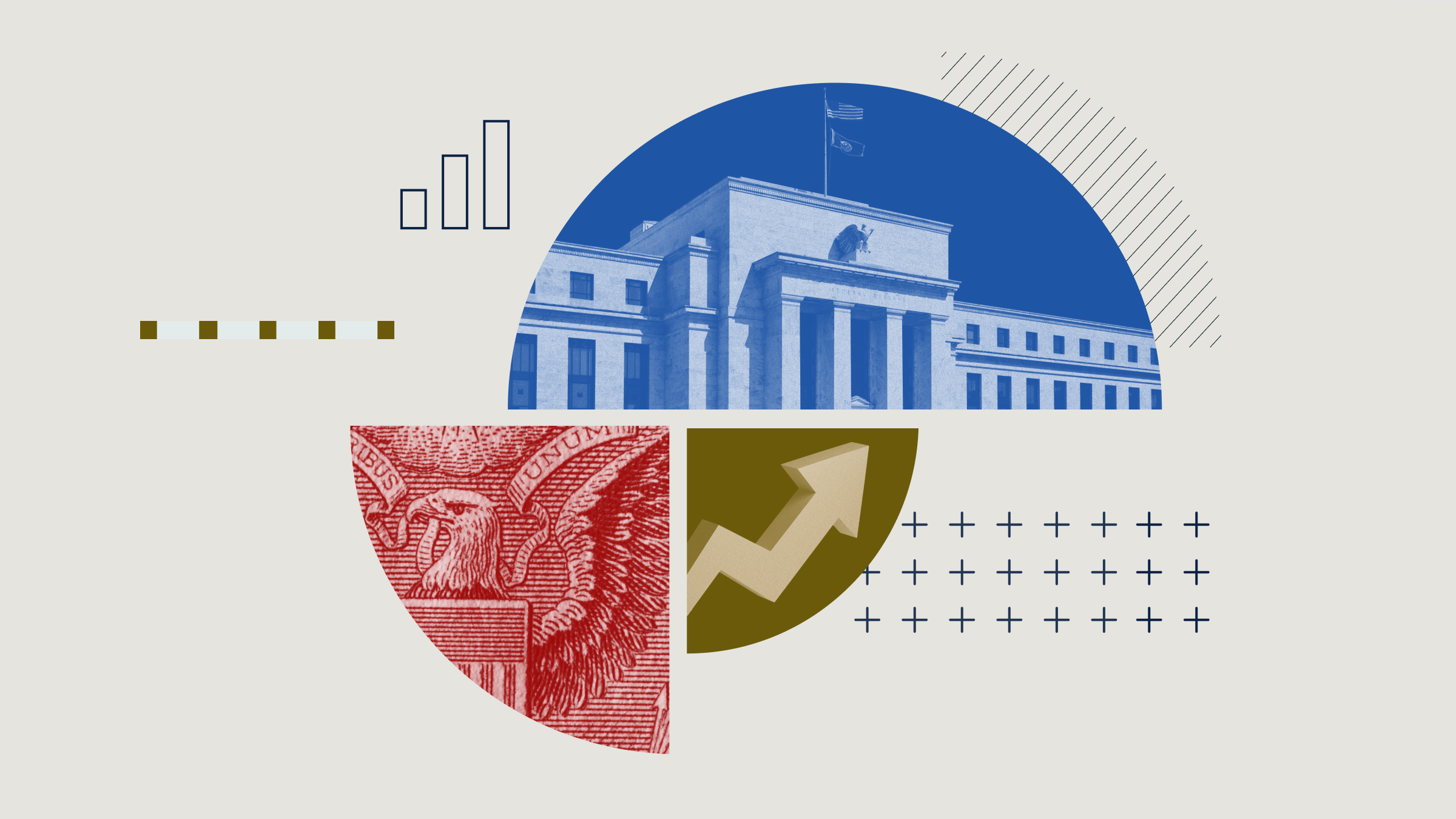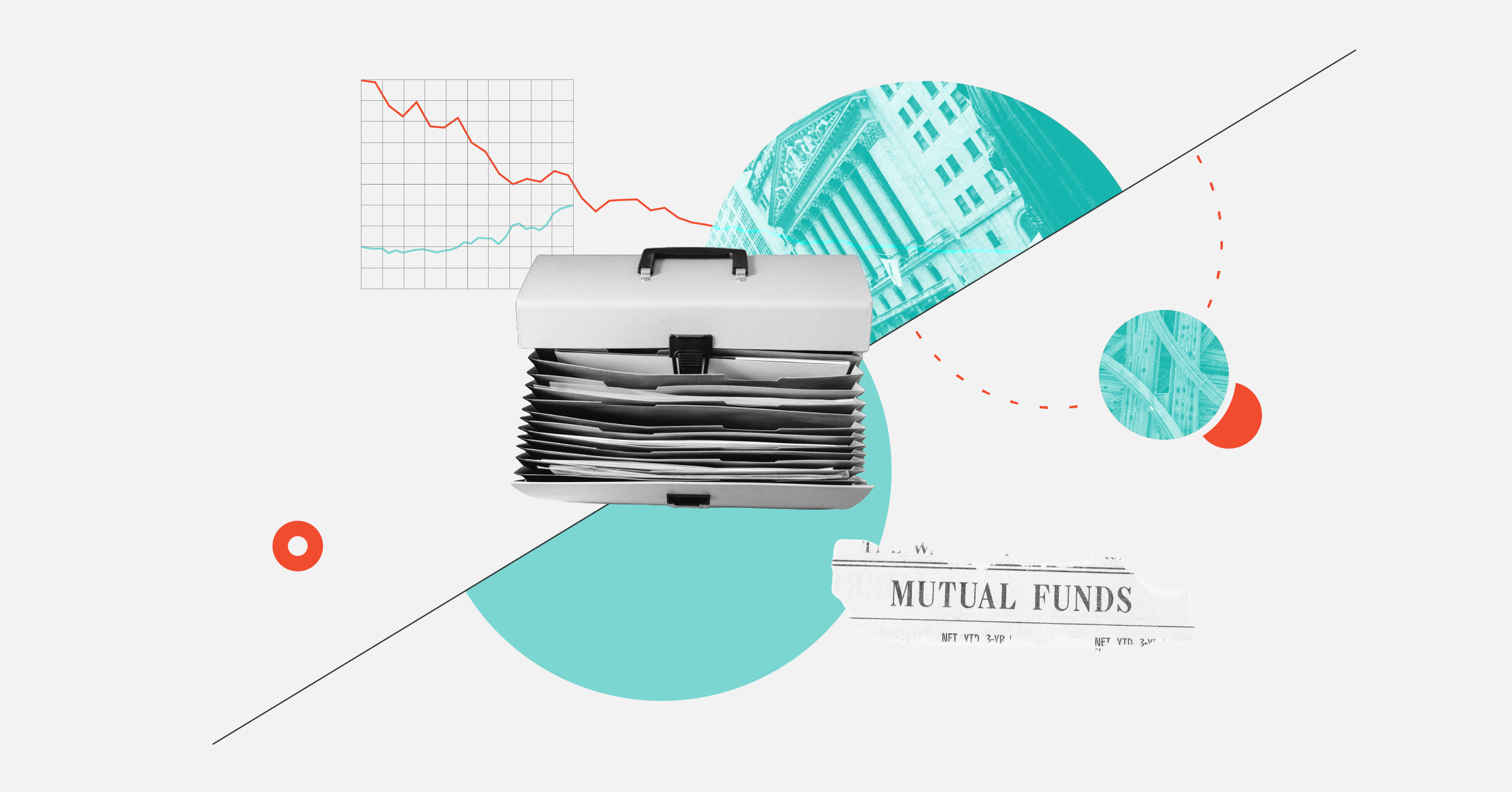Wendy Stein: I'm Wendy Stein with Morningstar. Fees continue to tumble in the fixed income ETF space. Earlier this year, iShares announced cuts on three of their core fixed income offerings, bringing the fees to 9 basis points across the board. Other ETF providers including BMO and Vanguard both offer product at similar fee levels. I'm here today with Christopher Davis, Senior Investment Analyst at Morningstar.
Hello, Christopher.
Christopher Davis: Hi. Thanks for having me, Wendy.
Stein: Thanks for being here. Given how cheaply investors can acquire fixed income exposure now with ETFs, is it time for them to abandon the active fixed income ship entirely in favour of ETFs?
Davis: I think there's a good case for abandoning the active ship at least in part. At 9 basis points the low-cost ETF option is about a tenth of the price of the average actively-managed Canadian fixed income fund sold through the fee-based channel. That's a really big gap for active managers to be able to overcome. And most are unlikely to do so over the long haul.
Stein: Given the fee hurdle for fixed income, do you still see a role for both active and passive strategies in investors' portfolios?
Davis: I don't think it's an either-or proposition. There are going to be times where passive doesn't look as favourable. 2016 was one of those years. Yields rose in the Canadian space and active managers actually outperformed, 60% of active managers outperformed. So, that was a time where being active actually paid off. And a lot of times investors look at the success that indexers have had in the equity arena and they assume as a bond investor the similar success will follow. And there are some similarities. Bond indexes are very affordably priced. They have that advantage on cost. But indexing in the bond arena is a bit of a different animal.
One, many bond investors are, what we call, non-economic actors. Meaning, they invest for reasons other than for total return. So, you have, for example, central bankers that interfere or invest in the bond market to control interest rates. You have insurance companies that want to match their assets and liabilities to each other. And because they are not investing for total return, like mutual fund managers are, there is an opportunity for fund managers to add value.
I'd also note that while the indexers have run circles around active managers over the past 10 years, the index has become more risky over that period. In fact, if you look at the measure of interest rate risk – duration – duration has risen considerably since the lows of the 2008 financial crisis. I think it was around six years or so then, now 7.5 years. Now, that's a really big increase in interest rate risk. So, you have very low yields, higher interest rate risk and not a lot of margin for error. And I think active managers may be better able to square that circle.
Stein: Better able to manage the interest rate risk, keep duration and managing duration?
Davis: That's correct.
Stein: So, still a role for both active and passive in investors' portfolios.
Davis: That's right.
Stein: So, given that, can you give us some suggestions about some of your favourite active and passive fixed income products?
Davis: Let's start off with passive. Our favourite has a Gold Analyst Rating, so we have the highest conviction level in iShares Core Canadian Universe Bond Index; the ticker is XBB. In addition to having really low costs -- that 9 basis points price tag that you referenced earlier -- we think iShares executes its strategy well. So, I think that's really important. And I would also note that its portfolio has a nice balance between federal, provincial and corporate issuers. Its closest counterpart offered by Vanguard, the Vanguard Canadian Aggregate Bond Index ETF is a little bit heavier on government bonds and that makes it more sensitive to interest rate fluctuations. And with interest rates being as low as they are, it's not the best time to probably put yourself really out there with lots of heavy interest rate risk.
On the actively-managed side, I would recommend using active management in areas where passive doesn't work as well. And one area that immediately comes to mind is in high-yield. High-yield active managers have done better than the index in general over the long haul. Our highest conviction pick is the PH&N High Yield Bond fund run by manager Hanif Mamdani. He is our 2016 Morningstar Fixed Income Manager of the Year. In 2015, Mamdani -- ever the contrarian -- bought a bunch of energy bonds. Those rallied in 2016. That's the kind of contrarian thinking that has led to really long term success for Mamdani. And at times he plays it conservatively, he will hold cash, hold investment-grade corporates. So, it's a really versatile portfolio and it doesn't correlate very highly with the ETF. So, it's a really good fit in an investor's portfolio.
Stein: With the passive ETF what you discussed before?
Davis: That's right. Yeah.
Stein: So, really look to active for asset classes like high-yield bonds, and passive for sort of core universe bond type exposures?
Davis: Yeah, use active to get what you can't easily get on the passive side.
Stein: Right, right. Thanks, Christopher.
Davis: Thank you, Wendy.
Stein: For Morningstar, I'm Wendy Stein.




















